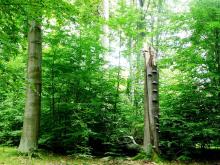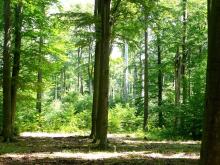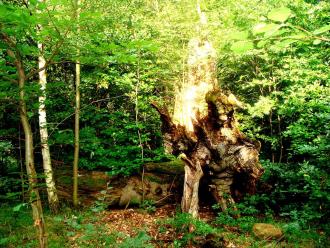
Nature reserves
Landscape-nature protected complexes
Nature parks
Natura 2000 Areas
Natural monuments
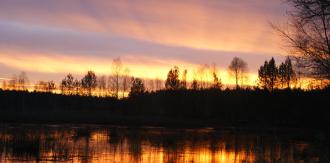
Areas of protected ecology
Species protection
 Asset Publisher
Asset Publisher
Jesienna wizyta
Jesienna wizyta
Pomimo jesiennej pogody, praca w lesie trwa. Uczniowie klas Ia i IId Szkoły Podstawowej nr. 1 im. Janusza Korczaka w Szprotawie mieli okazję poznać nieco pracę leśnika.
Pierwszym punktem programu była wizyta u najstarszego drzewa na terenie Nadleśnictwa – Dęba Chrobrego rosnącego w Piotrowicach. Tam uczniowie mogli usłyszeć historię tego sędziwego pomnika przyrody.
Następnie z Piotrowic udaliśmy się na Szkółkę Leśną w Krzywczycach. Podczas spaceru Ia i IId dowiedziała się skąd się biorą młode drzewka w lesie i jaka jest w tym rola leśnika.

Jakie to drzewo ? Niełatwo zgadnąć.
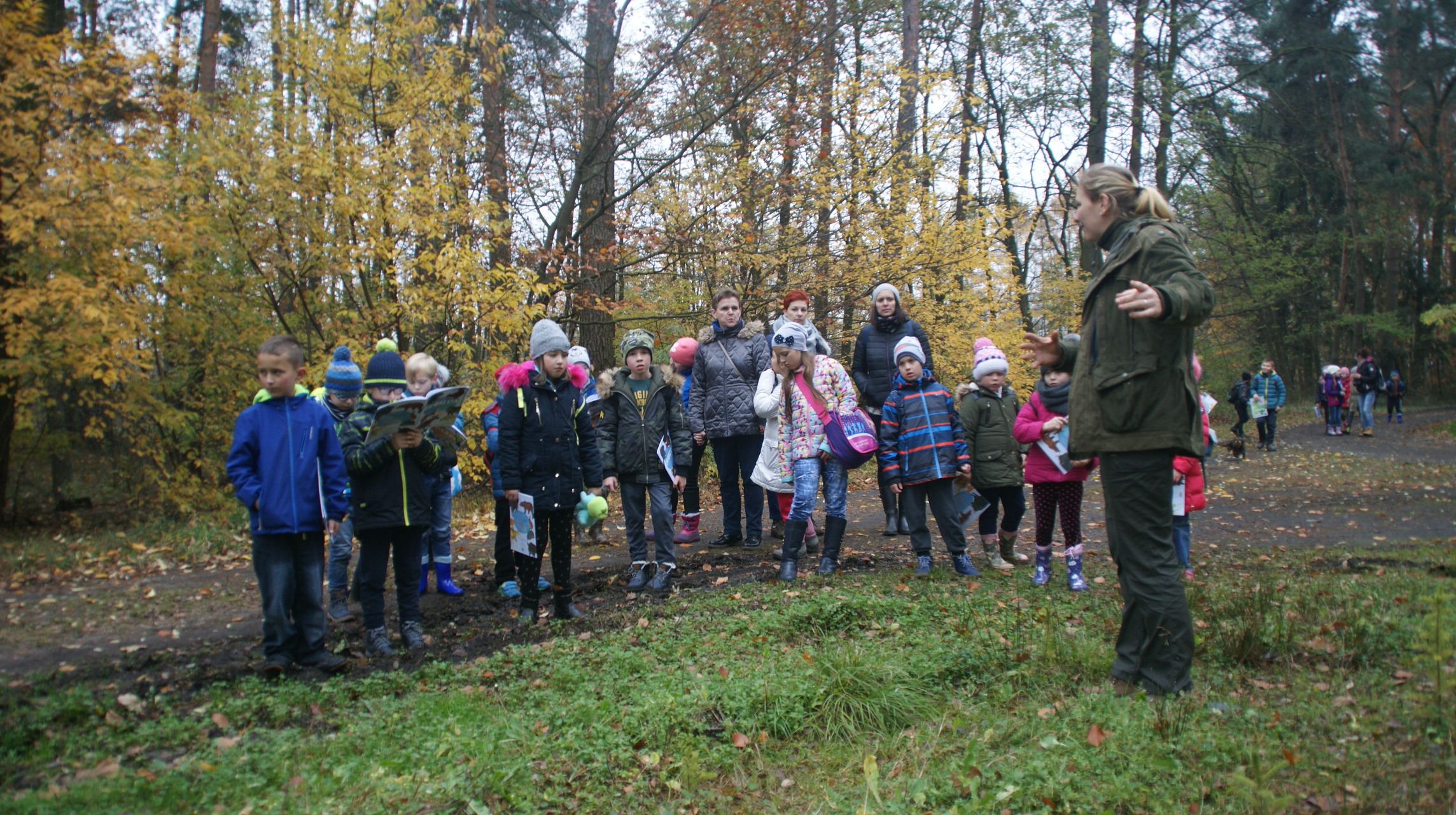
Po wizycie na szkółce, poszliśmy z młodzieżą na tegoroczną uprawę, aby pokazać różnice między szkółką a lasem.
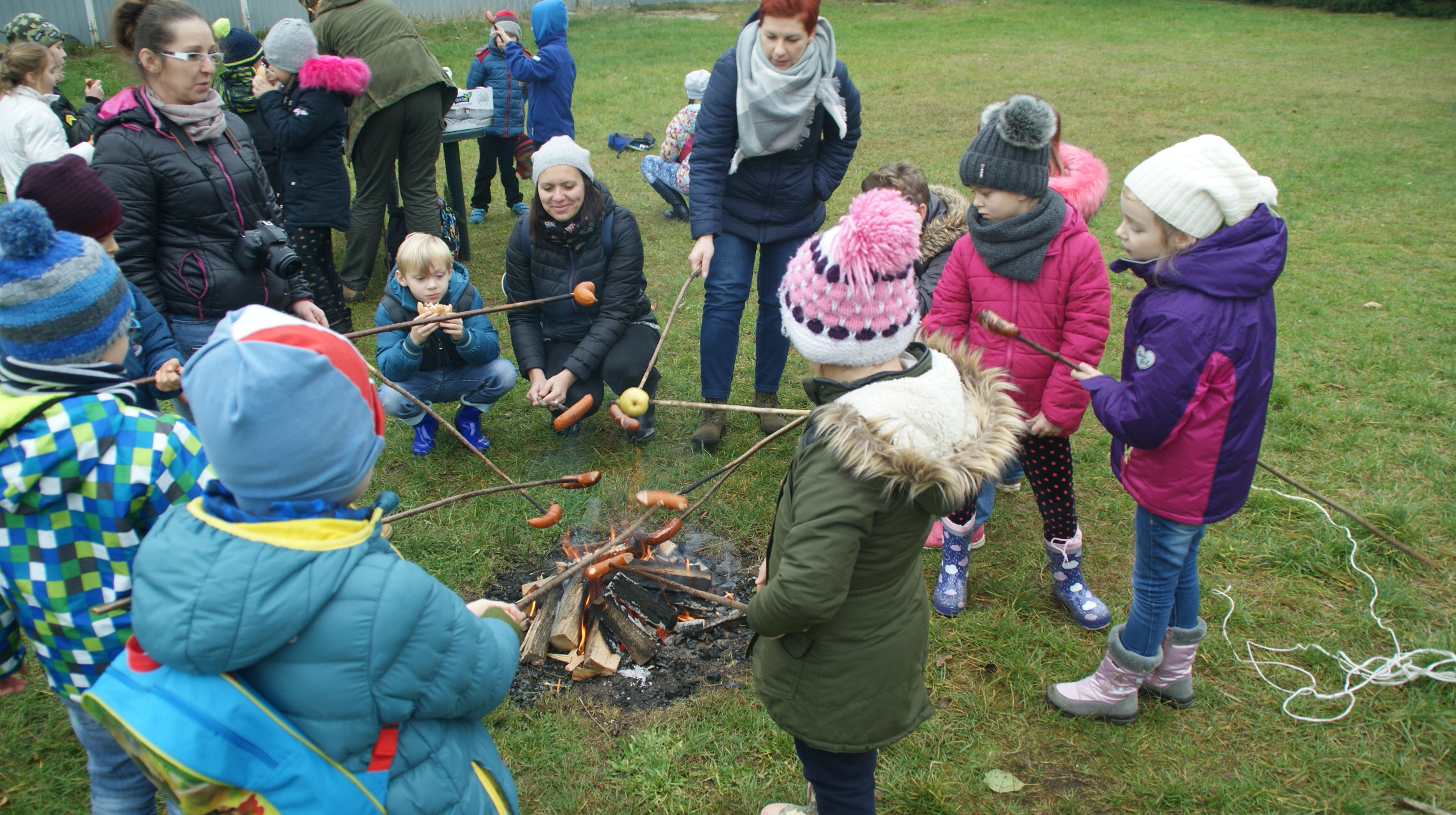
Po nauce, czas na przyjemności – pieczona kiełbaska smakowała każdemu.




